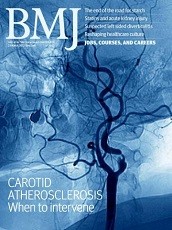Earl M Cooperman

Extract
The doctor-patient relationship is threatened. Once this association implied only one thing: the doctor above all must protect the patient. . . .
. . . it is not inconceivable that, as Canada moves towards socialized medicine and state control of all health facilities, we, too, may sacrifice the privacy of the doctor- patient relationship that we all once regarded as sacred.
. . . There is much concern regarding the
involvement of medical personnel in the use of torture for political purposes. . .
. . . When the Dutch medical community refused to cooperate with the Nazi medical organization, 100 Dutch physicians were sent to concentration camps. Other Dutch physicians did not give in; they took care of the widows and orphans of their colleagues. They did not participate in any Nazi activity; they acted unanimously.
. . . Recently physicians in Portugal studied “the scientific effects” of torture; they examined persons before, during and after torture sessions and evaluated their ability to undergo further torture.
. . .We must therefore each ask what is our duty to our state and what to our profession and to our own sense of moral justice. To what extent might we unwittingly become agents of repression? . . . Physicians in Russia condone beatings; if the prisoner dies the physician complies with government policy and eliminates possible repression by signing the death certificate “cirrhosis of the liver.. or “coronary occlusion.”. . .
Cooperman EM. Doctors, torture and abuse of the doctor-patient relationship. Can Med Assoc J. 1977 Apr 09;116(7):707, 709-710.
